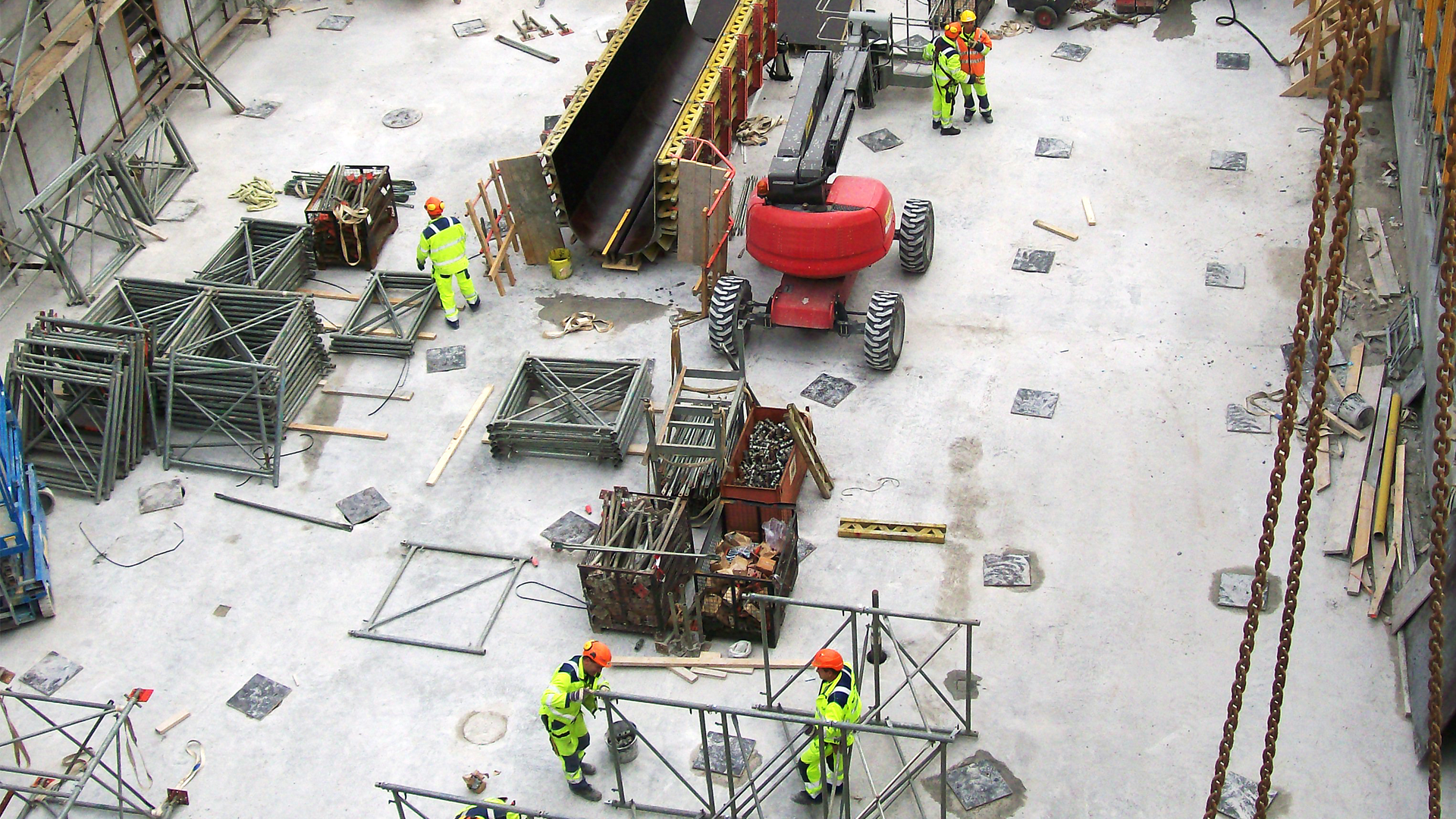About IX
Information Experience was founded in 2015. We help organizations getting the relevant data into the work site while making information more accessible and fun to work with using Augmented Reality.

Information Experience was founded in 2015. We help organizations getting the relevant data into the work site while making information more accessible and fun to work with using Augmented Reality.
